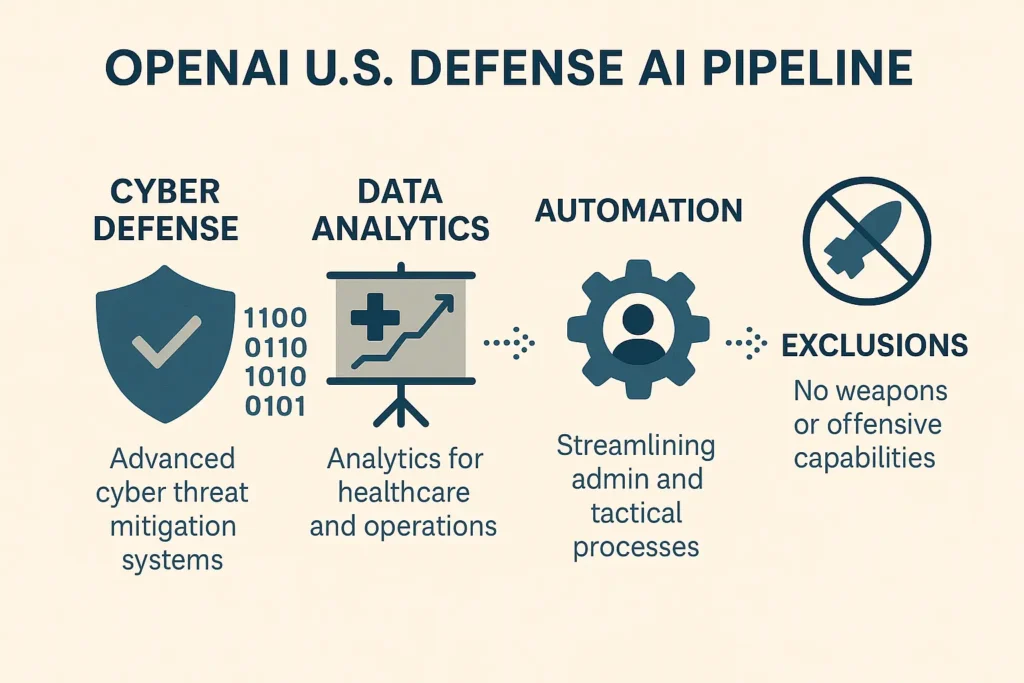Google just flipped the switch on AI Mode—its most advanced, Gemini‑powered search experience—in India, the world’s second‑largest internet market. The opt‑in rollout (via Search Labs) marks the feature’s first leap outside the U.S., instantly giving Google a playground of roughly 850 million web users.
If you’re a marketer, publisher, or anyone who cares about being found online, this launch is more than a product update—it’s a signpost for where search (and SEO) is heading.
1. What exactly is AI Mode?
Think of AI Mode as turbo‑charged AI Overviews. It folds Google’s classic ranking systems into a custom version of Gemini 2.5, letting users:
- Ask longer, compound questions—queries are already 2–3× the length of a typical search. (blog.google, 9to5google.com)
- Speak follow‑ups on the fly (handy on low‑cost Android phones that dominate India). (economictimes.indiatimes.com)
- Point the camera at an object and ask questions, thanks to built‑in Lens support.
- Drill deeper with conversational follow‑ups, instead of starting a new search each time.
Under the hood, Google fires a “query fan‑out” technique—splitting your question into sub‑topics and issuing dozens of mini‑queries in parallel—to surface a stitched, chat‑style answer complete with source links. (9to5google.com)
2. Why India is a strategic stress‑test
- User scale: India contributes ~10 % of global Google Search traffic. One knop and Google gathers a deluge of real‑world data to harden AI Mode’s safety and ranking systems.
- Multilingual challenge: Voice search spikes in regions where typing English isn’t the norm; India’s 22 official languages create a perfect sandbox for testing multilingual reasoning.
- Low‑bandwidth reality: Many users rely on sub‑$200 phones and patchy 4G. If AI Mode is usable here, it’s usable almost anywhere.
- Regulatory lens: India is mulling its own Digital India Act while the U.K.’s CMA and EU’s DMA watch Google’s AI products closely. A successful, responsible rollout strengthens Google’s “market fairness” argument.
3. Five features every marketer should watch
| Feature | Why it matters |
|---|---|
| AI Filter Button | “AI Mode” now sits beside “Images” and “News.” If a user taps it first, you may lose a click unless your content is cited inside the AI answer. |
| Source cards | Google shows the links it used to build a response. Pages with concise, authoritative passages are more likely to appear. |
| Image + Voice Prompts | Alt‑text, schema.org Speakable markup, and high‑resolution images become even more critical. |
| Conversation Memory | Follow‑up questions pull context from the first answer. That means your content can surface indirectly—optimize for topical clusters, not single keywords. |
| Query Length Surge | People now type things like, “Plan a 3‑day monsoon trek near Mumbai under ₹10K, suitable for beginners.” Long‑tail intent is the new normal. |
4. Early performance signals
- Engagement lift: Google says AI Overviews have driven a 10 %+ increase in usage for complex queries; it expects similar or higher gains for AI Mode. (blog.google)
- Speed: Despite extra AI processing, initial tests show answers appear only ~0.4 s slower than classic results.
- Ad placements: Sponsored results currently show below the AI answer, hinting at a new monetisation layout Google must balance carefully.
“Launching through Labs lets us move fast while collecting feedback from millions of Indian users,” said Hema Budaraju, VP, Search, in today’s announcement. (blog.google)
5. The AI‑Mode SEO Playbook
- Refresh your FAQ & How‑To content. AI Mode loves step‑by‑step answers it can cite.
- Target conversational queries. Mine forums, Reddit, and your own site search logs for natural‑language questions.
- Add multimodal assets. High‑quality images (with descriptive alt text) and short web‑friendly video snippets boost visibility in Lens‑driven prompts.
- Embrace schema markup.
HowTo,FAQPage,Product, andSpeakableschemas help Google parse your content quickly. - Optimise for speed & mobile UX. Slow sites risk being skipped by AI Mode’s confidence filters.
- Monitor citation frequency. Use tools like Search Console’s “AI Results” (rolling out in July) to track when and how often you’re attributed.
- Build topic clusters. Inter‑link related posts so every piece reinforces your expertise—vital for conversational follow‑ups.
6. What’s next—and how to prepare
Google plans to add Hindi and other Indic languages “in the coming months” and has hinted AI Mode could exit Labs for default status if user satisfaction matches U.S. metrics. (blog.google)
Expect Microsoft’s Copilot and Perplexity to accelerate their own Indian pushes. Meanwhile, agencies are already piloting AI‑specific content briefs: fewer 3‑word keywords, more “how” and “why” phrasing.
Action items for this week:
- Audit your top landing pages for conversational clarity.
- Add at least one image with detailed alt text to each post.
- Prepare Hindi/English bilingual snippets if India is a growth market for you.
TL;DR for busy founders
AI Mode equals longer queries, voice + image input, and chat‑style follow‑ups. To stay visible you’ll need richer, well‑structured content that answers nuanced questions fast.



